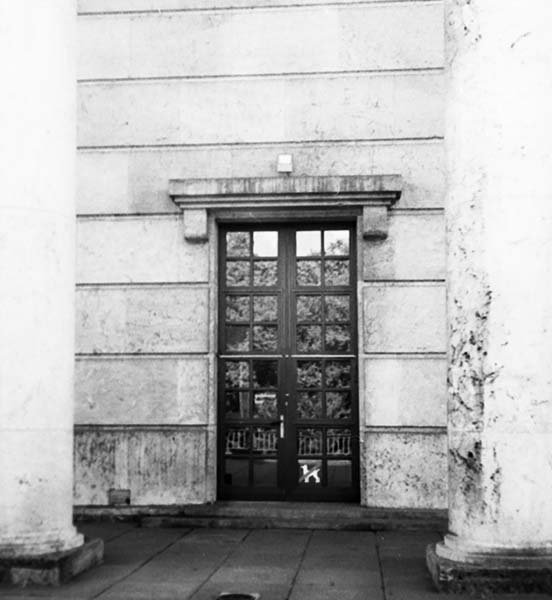
In the exhibition American Photography at the Rijksmuseum in Amsterdam, there’s a photo of a boy that immediately caught my attention.
It’s a striking image: a torso with the upper part of the head cropped out of the frame. The composition and the boy’s expression give it something mysterious—something quietly powerful.
It’s a photo by Louis Draper (1935–2002). Link to photo at MoMA
At the Rijksmuseum, like all photos in this show, Draper’s image is accompanied by a large block of wall text. I read it. And just like that, the magic vanished.
The text overtook the image. Link to Rijksmuseum Text
Curious, I did some searching. The photo is part of both the MoMA and the Whitney Museum collections.
At MoMA, it has no title: Untitled (1950–60).
The Whitney calls it Boy, New York, c. 1965.
Which raises the question: How many words can a picture take?
And what exactly does a title contribute to how a photo is interpreted?
The painter Marlene Dumas has strong views on titles. In a supplement to the Dutch newspaper NRC (May 2014), she explains:
“Titles provide the work with context. They put the viewer not only on a path of looking, but also on a path of thinking.”
Some examples of her titles:
The Painter (1994), a portrait of her daughter, who had painted her own body.
Dorothy D-Lite (1988), based on a pornographic photograph.
Great Men (2014), a protest series against Putin’s policies.
And now—my own photo for this post and my own little struggle with words.
It shows a glass door with the reflection of a green garden. You can see tree leaves in the glass. A sign says that dogs are not allowed beyond the door. The building has neoclassical pillars—immediately suggesting weight and history.
The working title is Munich 2011.
Or should it be Munich, Haus der Kunst, 2011?
Or… should there be more? Should I spell it out?
“This is the door in front of which Hitler gave a speech on July 18, 1937, at the opening of the Haus der Deutschen Kunst / House of German Art.”
If I follow the example of the Rijksmuseum’s wall text for Draper’s photo, I could go even further:
“Opened in 1937 as the ‘Haus der Deutschen Kunst’ (House of German Art), the building was one of the first architectural showcase projects of the Nazi regime and a central venue for art policy and propaganda. Nazi art policy was not merely a tool for suppressing modernism—it was fundamentally rooted in racist ideology and systems of exclusion and control.”
Do I want that? No, I don’t think so.
Perhaps sometimes, the most respectful thing you can offer a photograph — is silence.

